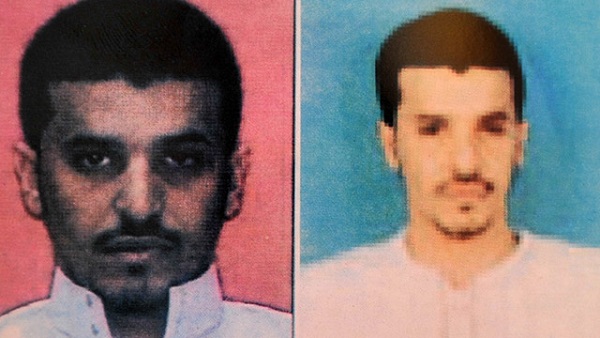SUMMARY
This is AI generated summarization, which may have errors. For context, always refer to the full article.

The Daily Beast reports “no al Qaeda in the Arabian Peninsula (AQAP) operative worries the United States more than Ibrahim al-Asiri”. Quoting two U.S. counterterrorism officials, the online news site calls him “the group’s diabolically clever bombmaker”. Daily Beast sources says he overshadows even AQAP’s cunning leader, Nasir al-Wuhayshi. A chemistry drop-out from Saudi Arabia, he is credited with building bombs that can escape sophisticated forms of screening. His early claim to fame was a suicide attack in 2009 by his brother that nearly killed Saudi prince Muhammed Bin Nayef. The bomb had been sewn into the bomber’s underwear. Four months later, AQAP came close to blowing up a commercial plane in Detroit. The device was traced back to al-Asiri, being similar in design to a 2010 attempted attack that ingeniously put explosive material in printer ink cartridges.
U.S. officials believe al-Asiri has succeeded in developing a new kind of bomb that can be surgically implanted inside the human body. In 2011, U.S. intelligence learned that al-Asiri was working closely with AQAP doctors who had tested the bomb on dogs and other animals. Like his other devices, it had no metal and could pass through detectors.
Read full story on The Daily Beast.
Add a comment
How does this make you feel?
There are no comments yet. Add your comment to start the conversation.